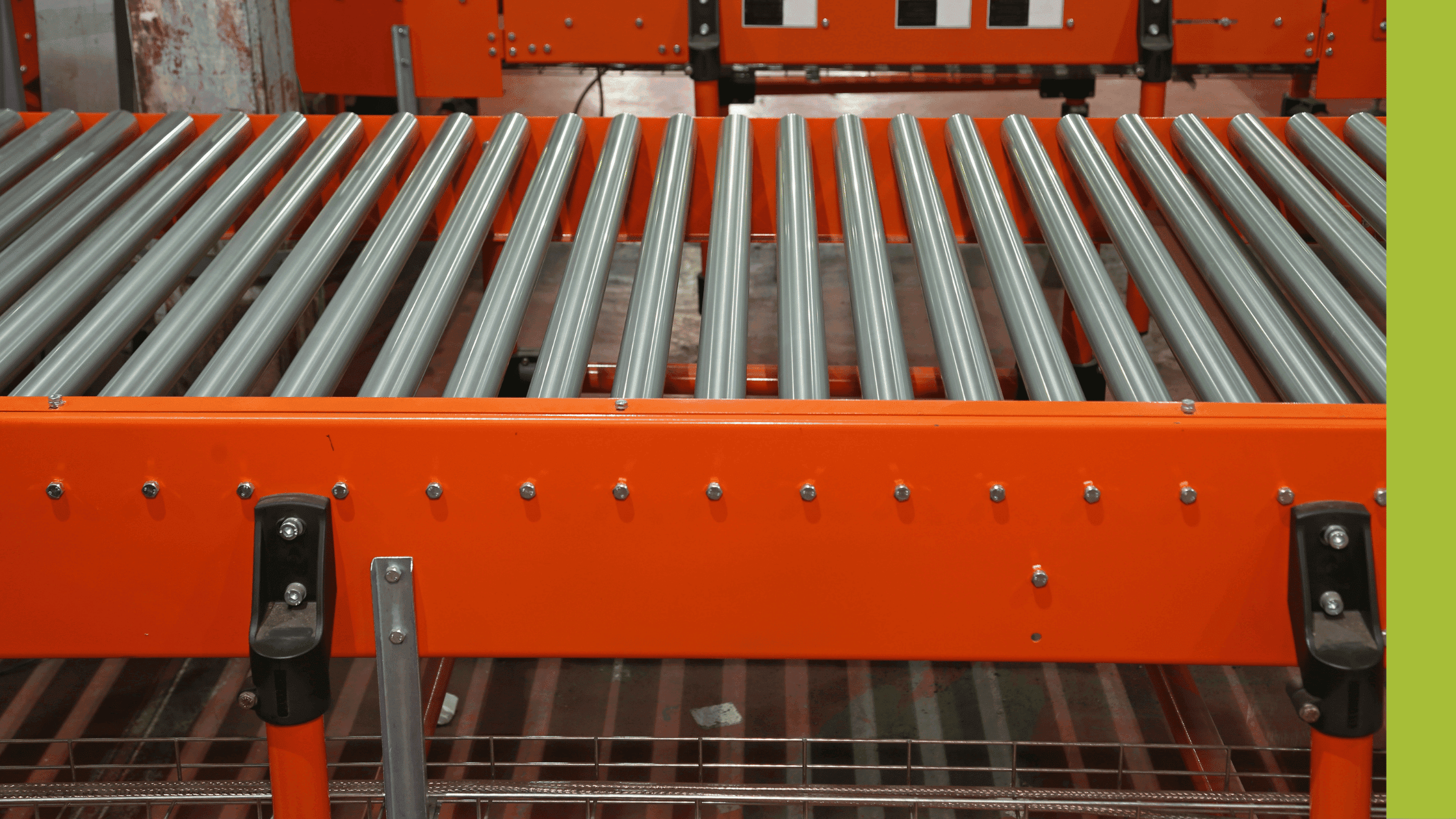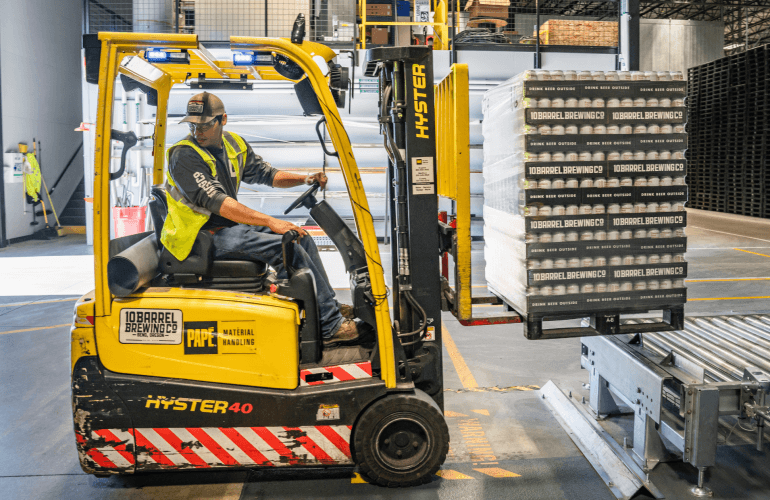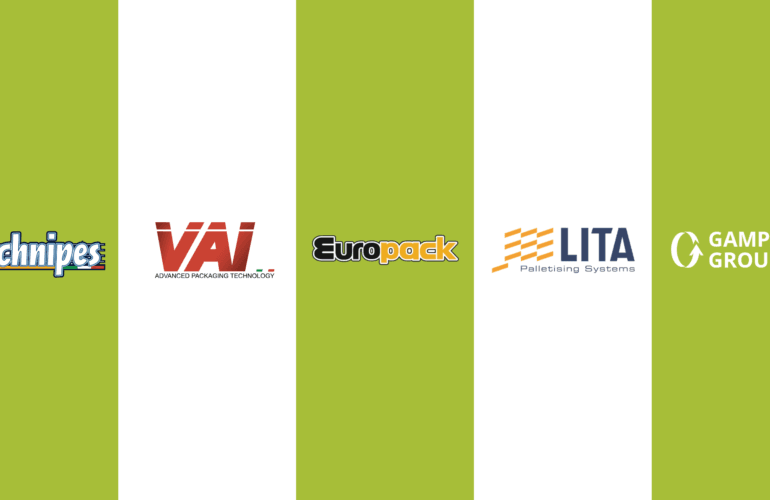Introducing automation into your processes strategically can mean building up your robotics one step at a time. But automating tasks across multiple processes can be a challenge. When you already have an automated process in place, how do you introduce more without involving a human transition?
Staging automation
In manufacturing, there’s usually a staged approach to automation. With the food industry, it makes sense to automate the cooking and primary packaging processes first, to remove the human element from food production for better quality control. Many manufacturers automate their palletisation as a priority, as for the human workforce, this is a manual, repetitive, labour-intensive task with multiple Health and Safety risks. But what then?
The next step tends to be working backwards from this, preparing the products to be palletised – such as integrating a conveyor, delivering the products ready to be stacked. Or it could be adding an orientation device, capable of turning or lifting cases or packs into position. How do you manage the interface between the new machine and the one that’s already there?
Why multiple robots may not collaborate
Manufacturers do take into consideration your existing process when designing new equipment, but there are several reasons why your machinery doesn’t function together. Perhaps the user requirement specification wasn’t clear, or the issue isn’t realised until the equipment is already in place. Plus, there’s a market for second-hand automation. Of course, you could handle the transition manually, but then why automate at all? The driving factors for installing any automation project are to reduce human labour, increasing safety and productivity for your production line.
Learn more about PALpack
As well as being the UK partner of many top-of-the-range European manufacturers, PALpack are experts in designing and implementing systems that work. Get in touch for more information on how we can help your business improve.




